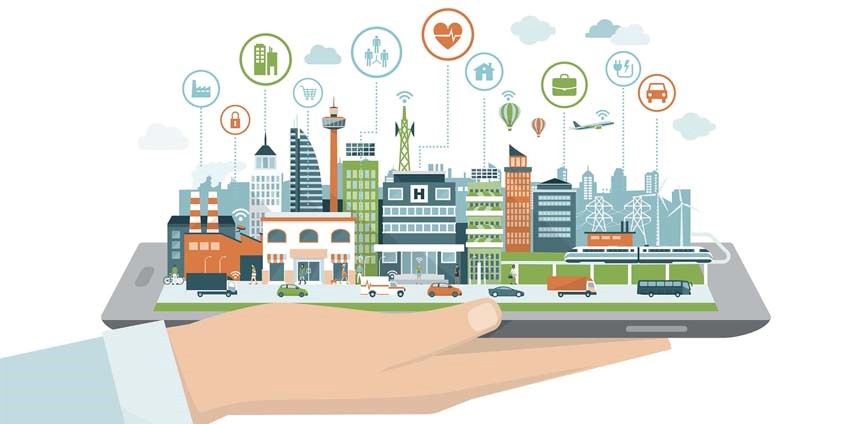What exactly is a “Smart City”?
Thanks to the unimaginable expansion of internet coverage and the evolution of the various technologies that rely on data to provide different services (such as the Internet of Things), we hear more and more about terms like smart city, smart home, and so on. But whats exactly a smart city? How can you spot a smart city from a non-smart city? In this article, we try to provide a clear idea of a smart city.
2/10/2018

The fact is that a consensus on “smart city” definition among experts and stakeholders has not yet been reached. In many cases, managers, experts and analysts who are planning to design a smart city or turning existing cities into smart cities, examine this concept based on their own perspectives and needs.
In spite of this diversity of views, some elements can be seen in all of them. Based on these common components, we can say that the mission of smart cities is to have a sustainable development. It means that smart cities improve the quality of life of people by optimizing city functions and operating as efficiently & intelligently as possible. This is while the provided solutions must consider all three pillars of sustainability (economic, social and environment).
A smart city uses various sensors to evaluate and measure various conditions. These sensors can be embedded in existing structures or in products that are used in the city. The data collected by these sensors is sent to the relevant centers using various communication structures (cable, wireless, mobile) to be used for monitoring or maintenance processes.
In this process, the emphasis is on process automation to provide urban services with the lowest human intervention and the highest possible accuracy. This trend will also have a huge impact on the speed of urban activities. When it comes to automation and performing various tasks on intelligent systems, we can’t ignore the role of machine learning. As you can see, the more we go forward in explaining a smart city, the more advanced technologies become apparent in it.
Let’s, for example, consider the issue of urban waste disposal. Suppose a waste garbage truck is responsible for up to 50 trash bins. In the normal condition, the truck will go to each bucket one by one, regardless of whether they need a drain. Now imagine that these bins are equipped with sensors that inform control center they are full. Now, if only 20 bins need to be evacuated, the central system will send truck just to them and use the machine learning algorithms to get the best and fastest route between them.
Also, suppose you are driving your car and are looking for a place to park. In a normal situation, this can take a long time. During this time, you continue to circulate on the street, which naturally means an unwanted increase in traffic. Now, think that you can use an app that tells you where the closest free parking spot is. This way, you will park your car quickly and come out of the traffic.
Equipping urban elements such as buildings, bridges, streets, street decorations, and cars allows city administrators to have a more precise view of the city situation and dramatically decrease the risk of exposing to unexpected conditions and incidents. Imagine being able to predict the risk of a worn out building’s wracking from the months ahead. Of course, this view requires the responsibility from both groups of governors and citizens to take the necessary measures in full coordination.
The point that can affect the level of coordination and cooperation of citizens with urban executives is their privacy and information security. One of the topics that are widely argued in the Smart City discussions is that the data collected in such projects should be as transparent and accessible to citizens as possible. This can be done through an open data portal or a mobile app. In this way, citizens are well aware of what exactly the collected information is used for.
Keyword: Digital Life, smart city, Smart Home, Internet of Things, IoT, Sensor
